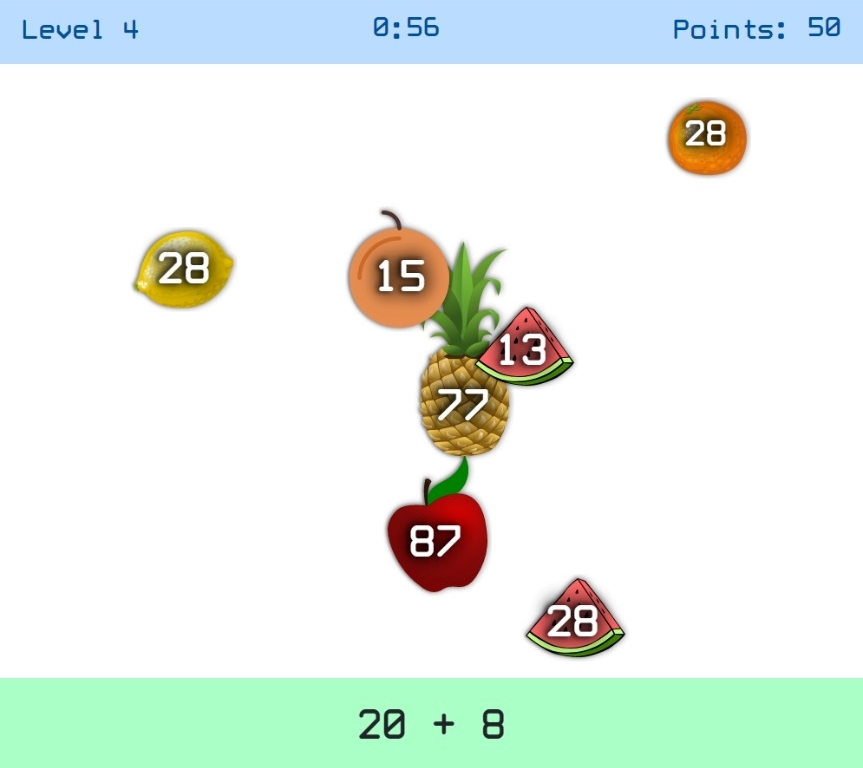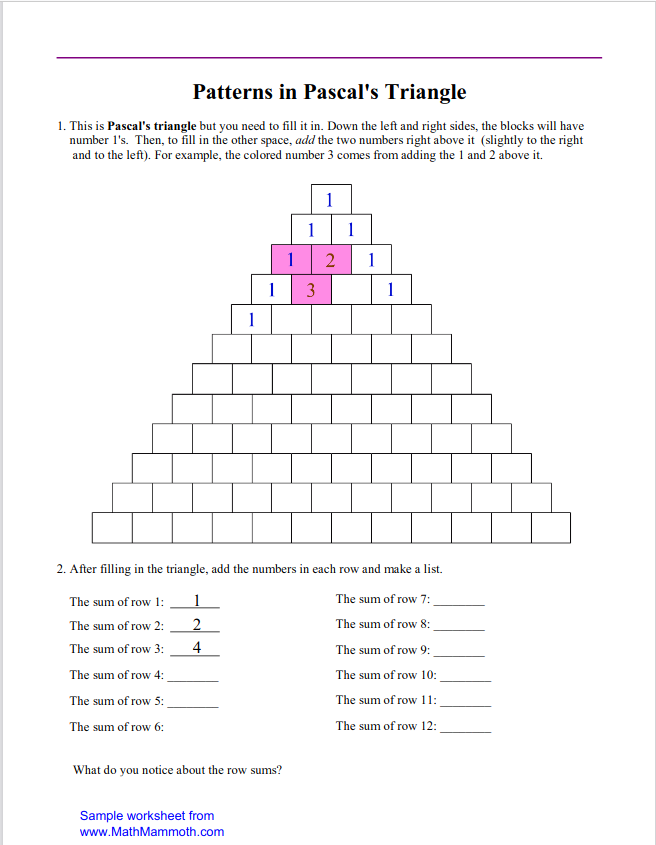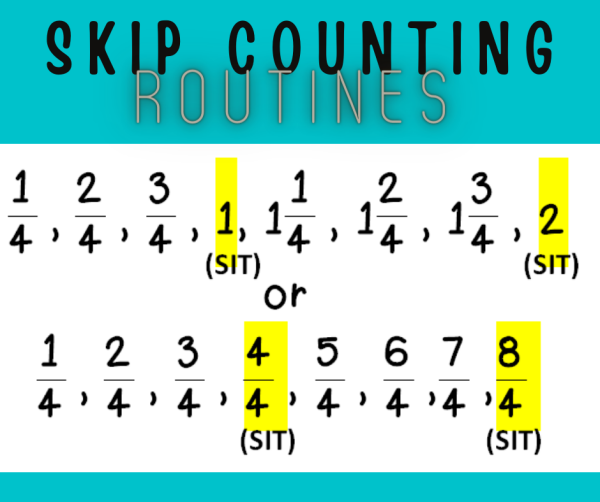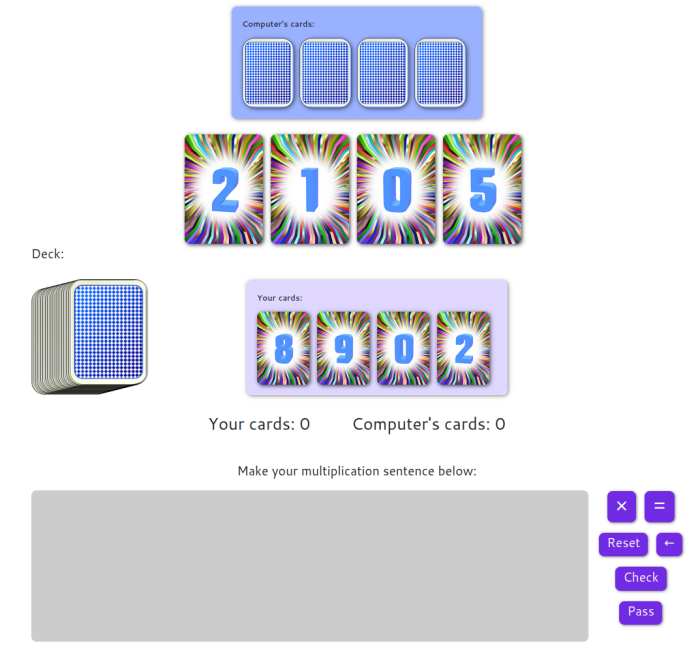 Welcome to a new year! I hope it will bring you good things!
Welcome to a new year! I hope it will bring you good things!
Here are this month's collection of tips. 😀 |
1. Math Mammoth newsThere will be another Math Mammoth sale in mid-January. Stay tuned! |
2. Fruity Math (grades K-7)NEW for Math Mammoth Practice — Fruity Math!Click the fruit with the correct answer and try to get as many points as you can in the allotted time. Options include addition, subtraction, or multiplication, and either "Levels" or "Manual" mode. In the manual section, you can further customize the practice session by setting the types of numbers used in the problems (whole numbers, integers, multiples of ten, multiples of 100, decimals) plus mixtures of those. This makes it possible to create a large variety of practice problem types! You can also play this with "Levels", where the game will automatically bump you to the next level of difficulty after your round ends. See how many points you can get as you go through all the levels! |
3. Pascal's TriangleI have created a two-page worksheet that I'm offering here as a free download: Patterns in Pascal's Triangle. It is intended for about 4th grade level (it's actually a lesson in MM4), so it doesn't go through all the possible patterns found in Pascal's triangle, but just some simple ones: the sums of the rows, counting numbers in a diagonal, and triangular numbers. And of course the triangle itself! And in this link you can read about MANY more patterns in Pascal's Triangle — such as magic 11's, square numbers, Fibonacci's sequence, and the "hockey stick pattern." |
4. Skip-counting by fractionsEveryone skip-counts by 2s and 5s, but what about by fractions?This article about skip-counting by fractions references a game called Sparkle. In it, students stand in a circle and skip-count. When you reach a specific goal number, that student sits down. Then you start over and do it again, and again, until all students are sitting down. Could do it at home too with siblings and parents. 🙂 I heartily recommend you use it with students that are learning fractions! It will build (fraction) number sense in a wonderful way! |
5. Most popular from 2021...The various posts in my newsletters are actually posted on my Facebook page first. Based on the statistics there, this was my most popular post in 2021. 🙂Here's a neat and SIMPLE game to brush up on multiplication facts! 🙂 Use number cards (could be playing cards, UNO cards, etc. but remove the face cards and any special cards). Deal each person 4 cards, and also lay 4 cards face up on the table. On your turn, your task is to make a MULTIPLICATION SENTENCE using at least 2 cards from the ones on the table, and some from your hand. You can use 3, 4, 5, or more cards to do so. (Most multiplication facts use 4 cards but sometimes you can manage to use five cards, such as 6 x 13 = 78.) In the image below, I was able to make 5 x 6 = 30. 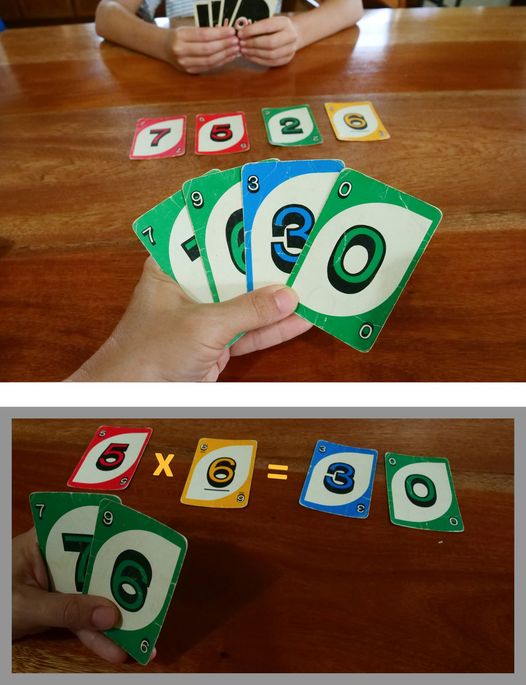 Then, you get to keep the cards you used to make your multiplication fact (put them to a separate pile). Replace the cards on the table and in your hand so there are 4 on the table again, and that you have 4 again. Then it's the next person's turn. If you can't go, then the turn passes to the next player. If no one can go, deal one more card face up from the stack to the table. If no one can still go, repeat. The WINNER is the most cards in the end. HAVE FUN! We also made an online version of it: In this game, you make multiplication sentences from the cards in your hand and on the table, and try to beat the computer! The computer can be either DUMB, medium smart, or genius.😄 We suggest you try the "dumb" option first.😁 This is suitable for grades 3 on up. |
6. Just for fun!
Thanks for reading! 🙂 Feel free to forward this issue to a friend/colleague! Subscribe here. Till next time, Maria Miller |
| Privacy & your personal data | Contact | Math Mammoth freebies | Placement tests |
| Complete curriculum | The Book of Revelation video study, part 1 | Visit us on Facebook | Newsletter Archives |
